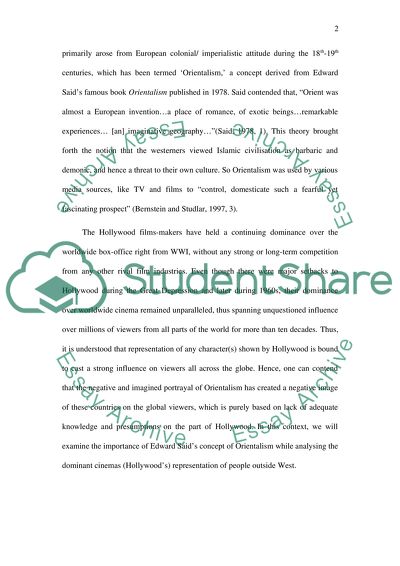Cite this document
(“Said's Concept if Orientalism Essay Example | Topics and Well Written Essays - 2000 words”, n.d.)
Said's Concept if Orientalism Essay Example | Topics and Well Written Essays - 2000 words. Retrieved from https://studentshare.org/visual-arts-film-studies/1433324-how-useful-is-edward-said-concept-of
Said's Concept if Orientalism Essay Example | Topics and Well Written Essays - 2000 words. Retrieved from https://studentshare.org/visual-arts-film-studies/1433324-how-useful-is-edward-said-concept-of
(Said'S Concept If Orientalism Essay Example | Topics and Well Written Essays - 2000 Words)
Said'S Concept If Orientalism Essay Example | Topics and Well Written Essays - 2000 Words. https://studentshare.org/visual-arts-film-studies/1433324-how-useful-is-edward-said-concept-of.
Said'S Concept If Orientalism Essay Example | Topics and Well Written Essays - 2000 Words. https://studentshare.org/visual-arts-film-studies/1433324-how-useful-is-edward-said-concept-of.
“Said'S Concept If Orientalism Essay Example | Topics and Well Written Essays - 2000 Words”, n.d. https://studentshare.org/visual-arts-film-studies/1433324-how-useful-is-edward-said-concept-of.


